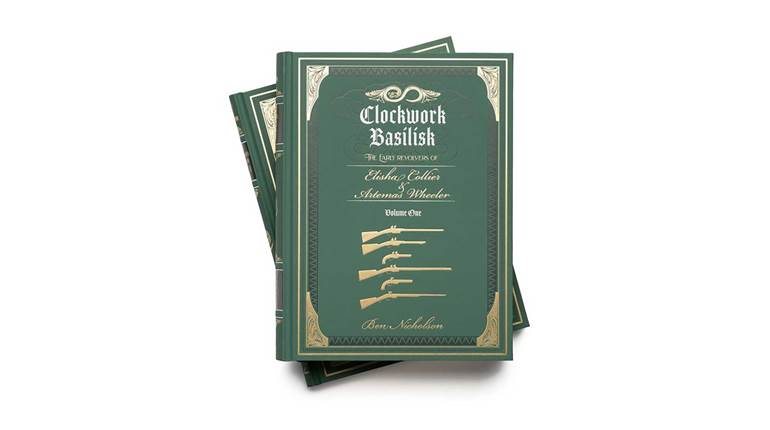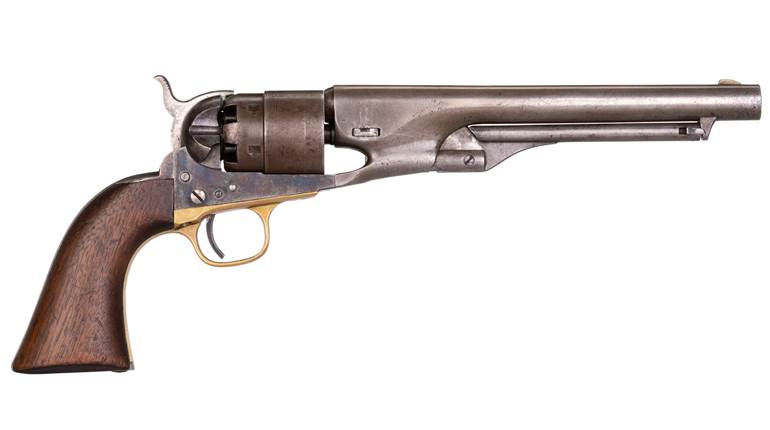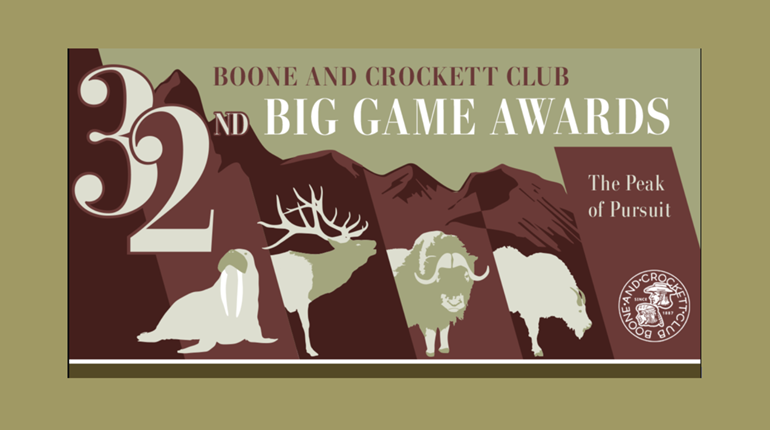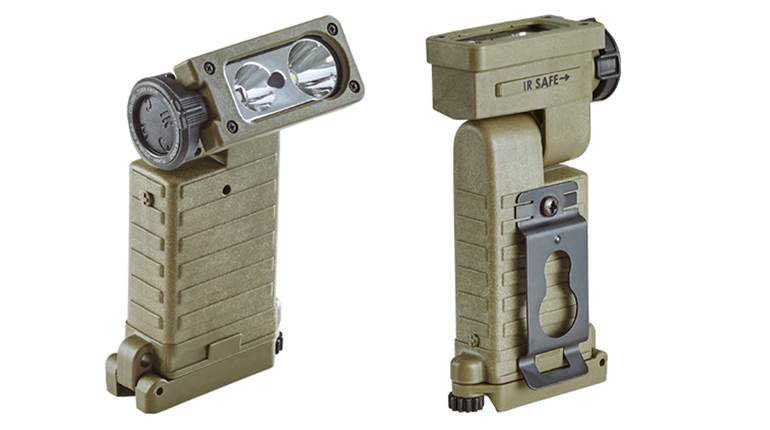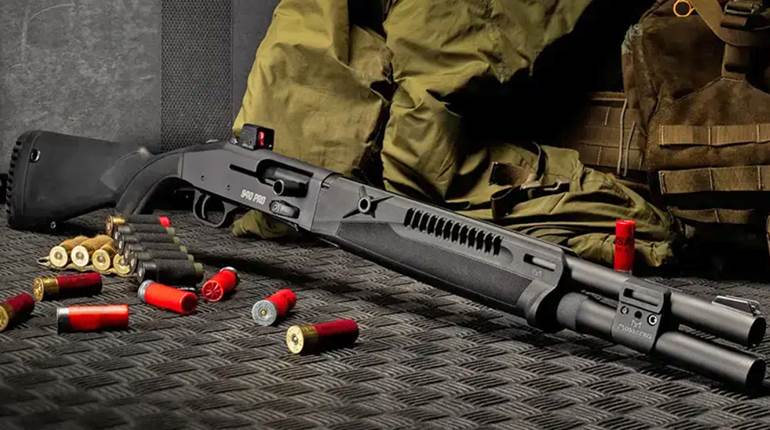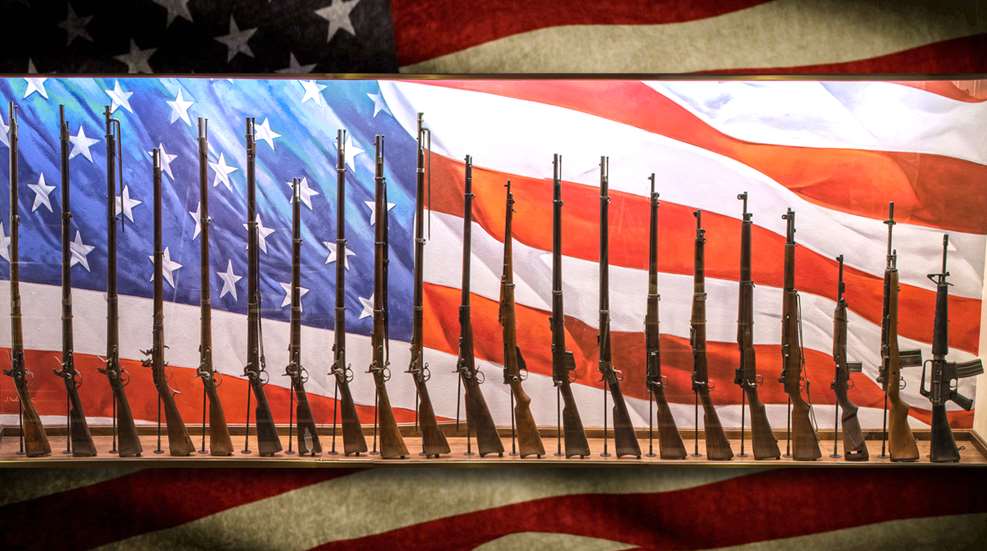
A jewel in the crown of the NRA National Sporting Arms Museum is the engraved, gold-inlaid FN Model 1899 President Theodore Roosevelt kept in his nightstand at the White House.
Theodore Roosevelt, our 26th chief executive, was a man of many interests and pursuits. He was by far our most active and dynamic president. During his short 60 years of life, he wrote 39 books and 150,000 letters, visited six of the seven continents, and fathered six children. He is the only person to be awarded both the Medal of Honor and the Nobel Peace Prize. The list could go on and on for many pages, but we remember him here as a hunter and conservationist.
He was also, like many reading this, a Life member of the National Rifle Association. “I am so heartily interested in the success of the National Rifle Association of America and its work … that I take pleasure in sending you herewith my check for $25 for life membership therein.”
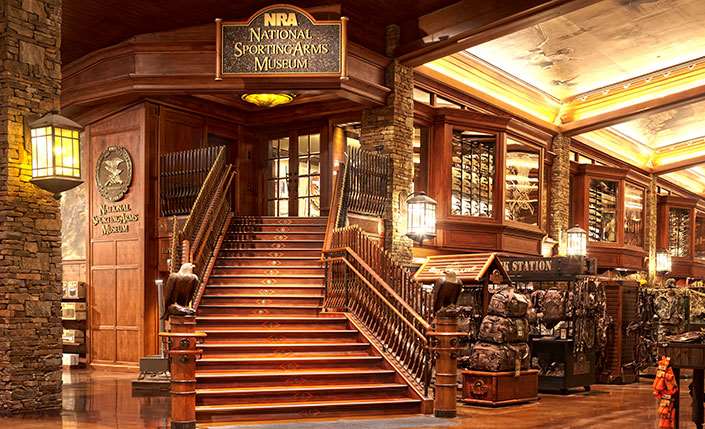
A true lover of the outdoors, Theodore Roosevelt was a sportsman with vision. Some people today might be perplexed at how anyone who hunted with great zeal could be considered a conservationist and friend of wildlife. Are not the two at polar opposites from each other? Would it not be seen as hypocritical of someone to espouse publicly that he was a lover of wildlife and then proceed to go on a safari where he personally harvested an average of two animals a day, for an entire year?
Thankfully for our sake, Theodore Roosevelt lived and prospered in an age when the American public wasn’t so easily duped into believing the worst about someone every time their name appeared in print. It was TR who truly began and mentored the fledging movement of conservationists that today has paid rich rewards in dividends more than 100 years later and has survived to fulfill many of the visions he had for our future.
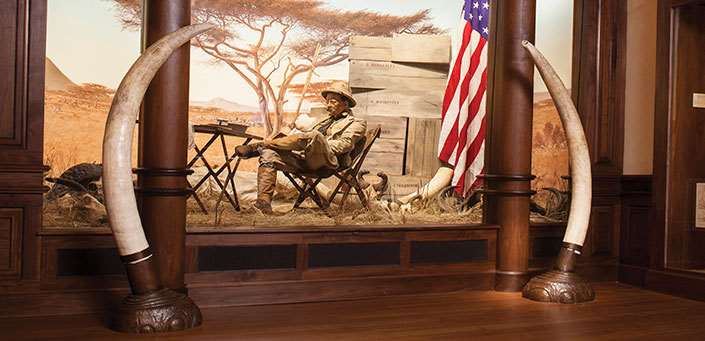
Young Theodore Roosevelt loved two things—shooting and hunting. The fact that he could combine the two activities was enough to fill him with boundless excitement. He established the Roosevelt Museum of Natural History in a corridor by his bedroom in the fashionable Gramercy Park brownstone where he’d been born on New York City’s East 20th St. He filled the museum with specimens that he had harvested and preserved via self-taught taxidermy—a skill at which he was quite proficient. He was the mini-museum’s director, curator, registrar and chief donor. He was not yet 10 years of age.
So it is here, at the age of 9, that we see the first glimpses of the mindset that would guide him for the rest of his life, a mindset that still guides us today. Hunting was not something to be done for the mere sake of taking a life. It was here, in the back corridor of the brownstone, that the ethics of a hunter were formed.
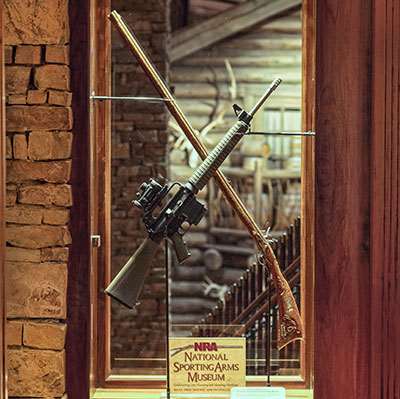
To young Theodore, for every life taken, a debt is owed. It was the duty of the hunter to ensure that the hunted were given fair chase and that nothing was wasted. It was this morality that guided TR in his efforts to study nature and develop a sense of who and what he wished to become later in life.
He was not yet 20 when he and a fellow Harvard classmate wrote and published The Summer Birds of the Adirondacks in Franklin County, N.Y. He seemed destined to be a naturalist, and it was some time deep into his educational career at Harvard that he decided to abandon his naturalist pursuits for the more practical and financially stable field of law, public service and, eventually, elected office.
Shortly after he married Alice Hathaway Lee in 1883, Roosevelt ventured into the West to hunt an American bison. It was during this hunt, and the difficulties that he encountered in even finding just one specimen to shoot, that he became aware of, and even alarmed at, the fact that a once-thriving herd that numbered in the tens of millions had been reduced to near extinction. In his book, Hunting Trips of a Ranchman, written shortly after this experience, he laid out his thoughts on managed hunting and the responsibility hunters have, not only to the species of wildlife they hunt, but to future generations that will benefit from the continued prosperity of their kind.
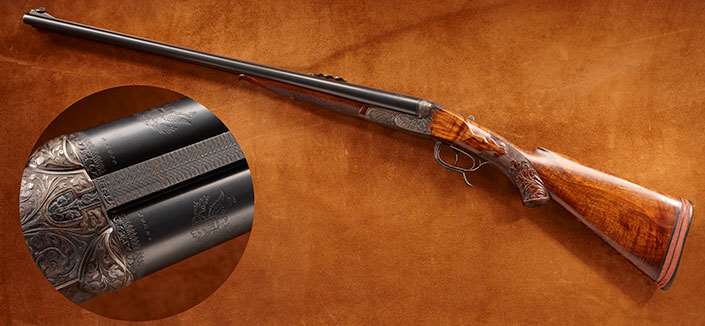
These thoughts on wildlife are easily transferred, and the same logic applied, to all aspects of nature and natural resources. In 1887, TR co-founded the Boone & Crockett Club, which has as its mission statement: “To increase humanities’ awareness and understanding of wildlife and the ecosystems we all share and our influence on the natural and cultural resources of these ecosystems.”
After he became president in 1901, Roosevelt used his authority to protect wildlife and public lands by creating the U.S. Forest Service and establishing 51 Federal Bird Reservations, four National Game Preserves, 150 National Forests, five National Parks and 18 National Monuments. During his presidency, Theodore Roosevelt protected approximately 230 million acres of public land.
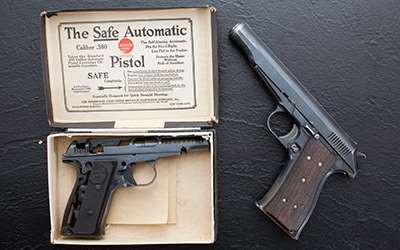
He brought the same robust enthusiasm to the presidency that typified his other pursuits. In 1903, President Roosevelt wanted to declare Pelican Island off the coast of Florida a federal wildlife refuge. With no statute authorizing the creation of wildlife refuges, Roosevelt had a government attorney investigate the status of any law that would allow him to create the refuges.
Several days later, returning from the Justice Department, the lawyer reported that no such law existed. Roosevelt inquired, “But, is there a law to prevent it?” The attorney responded that there was not. “Very well,” Roosevelt quickly added, “I so declare it!”
Pelican Island became the first of 55 wildlife preserves declared by President Roosevelt.
Since then, 500 others, in all 50 states, comprise today’s National Wildlife Refuge System.
Roosevelt also did much to popularize hunting. His famous 1902 bear hunt in Mississippi was so overstocked with reporters that a single cartoon about the trip launched a worldwide plush toy phenomenon that continues to this day—the Teddy bear.
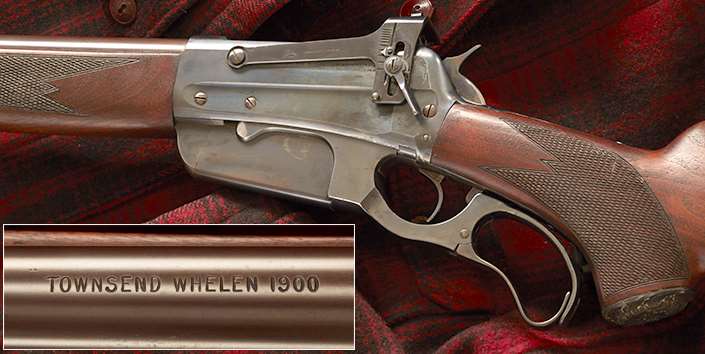
The inaugural address of his successor, William Howard Taft, hardly had time to settle upon those who heard it before Theodore was aboard the S.S. Hamburg and off to Africa for a yearlong safari on behalf of the Smithsonian Institution. His exploits were followed closely by the American public, first in the pages of Scribner’s Magazine and then as a bestselling book entitled African Game Trails. In it he wrote: “The mere size of the bag indicates little as to a man’s prowess as a hunter, and almost nothing as to the interest or value of his achievement.”
Here, he again gave us a glimpse of the code by which he hunted. The hunt was not at all about the numbers killed, but the benefit that each cull had for the museum, the porters and the local community, as well as the scientific community at large.
Perhaps the best example of the mindset of TR and his quest to preserve and conserve is revealed in a quote from his speech dedicating the Grand Canyon as a National Park: “In the Grand Canyon, Arizona has a natural wonder which is in kind absolutely unparalleled throughout the rest of the world. I want to ask you to keep this great wonder of nature as it now is. I hope you will not have a building of any kind, not a summer cottage, a hotel or anything else, to mar the wonderful grandeur, the sublimity, the great loneliness and beauty of the canyon. Leave it as it is. You cannot improve on it. The ages have been at work on it, and man can only mar it.”
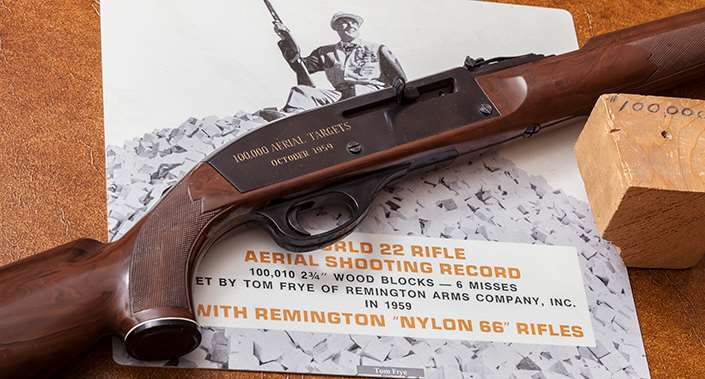
As well as in a speech he gave a few years later, after his return from Africa: “Conservation means development as much as it does protection. I recognize the right and duty of this generation to develop and use the natural resources of our land but I do not recognize the right to waste them, or to rob, by wasteful use, the generations that come after us ... . Moreover, I believe that the natural resources must be used for the benefit of all our people, and not monopolized for the benefit of the few ... . Of all the questions which can come before this nation, short of the actual preservation of its existence in a great war, there is none which compares in importance with the great central task of leaving this land even a better land for our descendants than it is for us, and training them into a better race to inhabit the land and pass it on. Conservation is a great moral issue, for it involves the patriotic duty of insuring the safety and continuance of the nation.”
There has never been another American president like him, or even close, for that matter. He was a hero in war, as well a generous peacemaker, an avid hunter and yet a conservationist. He was able to show the country then, as his example continues to show us today, that these were not virtues in conflict but ones that are essential to the well-being and stability of the other.
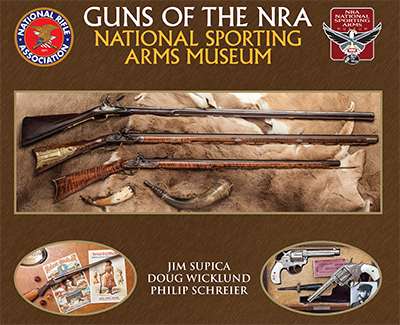
Guns of The NRA National Sporting Arms Museum
Thanks to efforts led by Bass Pro Shops founder Johnny Morris and NRA First Vice President Richard Childress, no expense was spared in making the NRA National Sporting Arms Museum a world-class facility. Located at Bass Pro Shops in Springfield, Mo., more than 1,000 firearms are displayed over 7,500 sq.-ft. that reflect the three-part theme of the facility: hunting, conservation and freedom.
And many of NRA’s best guns are at the NRA National Sporting Arms Museum. Want to see President Dwight Eisenhower’s favorite Model 21 Winchester, Napoleon Bonaparte’s fowler or President Theodore Roosevelt’s nightstand Browning? They are there. As are all the guns shown in the accompanying article.
Some exhibits in the NRA National Sporting Arms Museum (shown in the book) feature large collections on loan, several of which would be worthy of a dedicated museum of their own. These include: the Remington Factory Collection of firearms and artwork on loan from the Remington Arms Co.; the Pachmayr Collection of exceptional custom arms on loan from the Frank and Nanita Pachmayr Foundation; U.S. Martial Pistols exhibit on loan from Frederick Starbuck; exceptional engraved and historic Colt revolvers on loan from Kurt House; Hollywood guns on loan from Al Frisch and Chris Hearn; Savage pistols on loan from Bailey and Taz Brower; early St. Louis-made longarms on loan from Cletus Klein; and remarkable guns from the Doc Thurston, III, collection.
Can’t make it to Springfield? No problem. In a new book written by the NRA National Firearms Museum’s Jim Supica, Doug Wicklund and Philip Schreier, the reader will see every gun displayed in the NRA National Sporting Arms Museum. Lavishly illustrated with color photos of the guns, artifacts and artwork from exhibits, the 11"x8 1/2", 305-pp. book depicts everything from a Girardoni air rifle (as used by Lewis and Clark) to guns from Tom Selleck and Charlton Heston.
The hardbound book costs $29.95 plus shipping, and it is available from Blue Book Publications, Inc. (Dept. AR), 8009 34th Ave. S., Suite 250, Minneapolis, MN 55425; (800) 877-4867; bluebookofgunvalues.com.
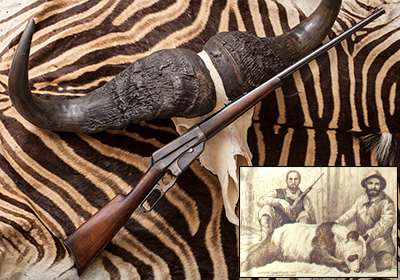
The General’s Rifle
Brigadier General Theodore Roosevelt, Jr., (1887–1944) son of TR, along with his brother Kermit (1889–1943), used this rifle to hunt giant pandas in the Himalayas for the Field Museum of Chicago. The two specimens they brought back were the first ever to be seen in the Western world and gave scientists much needed information about the panda that was previously unknown. Both bears are still currently on display.
“Ted,” as he was known to his family, graduated from Harvard in 1909, served with distinction during World War I, became assistant secretary of the Navy, governor of Puerto Rico and governor general of the Philippines. He was a founder of the American Legion. During World War II, he served as assistant division commander of the 1st and 4th Divisions and was the only general officer to hit the beaches of Normandy on D-Day in the first assault wave. For his heroic accomplishments on Utah Beach, he was awarded the Medal of Honor. He died of heart failure in France on July 12, 1944, just as he was promoted to major general and given full command of the 90th Division. General Omar N. Bradley and Gen. George S. Patton referred to Ted as the bravest soldier they had ever known. Perhaps the greatest praise of him came from his father, who, when told that Ted always felt that he might not live up to expectations and be worthy of his father, the former president replied, “Worthy of me? Why I am so very proud of him. He has won high honor not only for his children but, like the Chinese, he has ennobled his ancestors. I walk with my head higher because of him.”
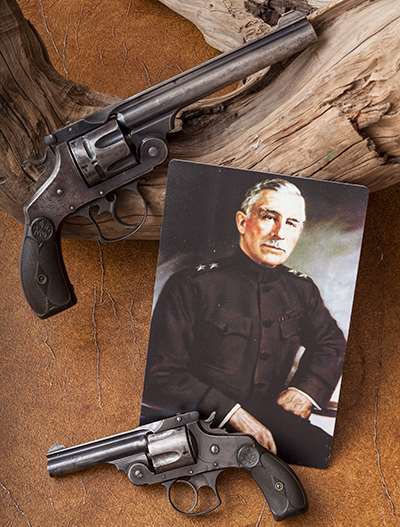
Leonard Wood’s Smiths
Leonard Wood (1860–1927) was Theodore Roosevelt’s commander in the “Rough Riders,” the 1st U.S. Volunteer Cavalry. They became fast friends. Wood was one of only a handful of close advisors that TR would retain for his lifetime, and one who could speak candidly and even sternly to Roosevelt.
Upon graduating Harvard Medical School, Wood became an Army contract surgeon and was awarded the Medal of Honor in 1886 for carrying dispatches through hostile territory and leading hand-to-hand combat against the Apache in the last Geronimo campaign.
In the 1890s he returned to graduate studies at Georgia Tech, where he became the school’s second head football coach, and then served as personal physician to both Presidents Grover Cleveland and William McKinley.
After leading the Rough Riders, at the turn of the century he became military governor of Cuba and the U.S. military commander in the Philippines. By 1910, he was the Army Chief of Staff. He was one of the first patients to undergo successful brain surgery to remove a tumor.
Wood was a candidate for the Republican presidential nomination in 1920, after which he served as military governor of the Philippines. When he died in 1927, he was buried in Arlington Cemetery, and his brain kept at Yale. Fort Leonard Wood in Missouri is named for him.












